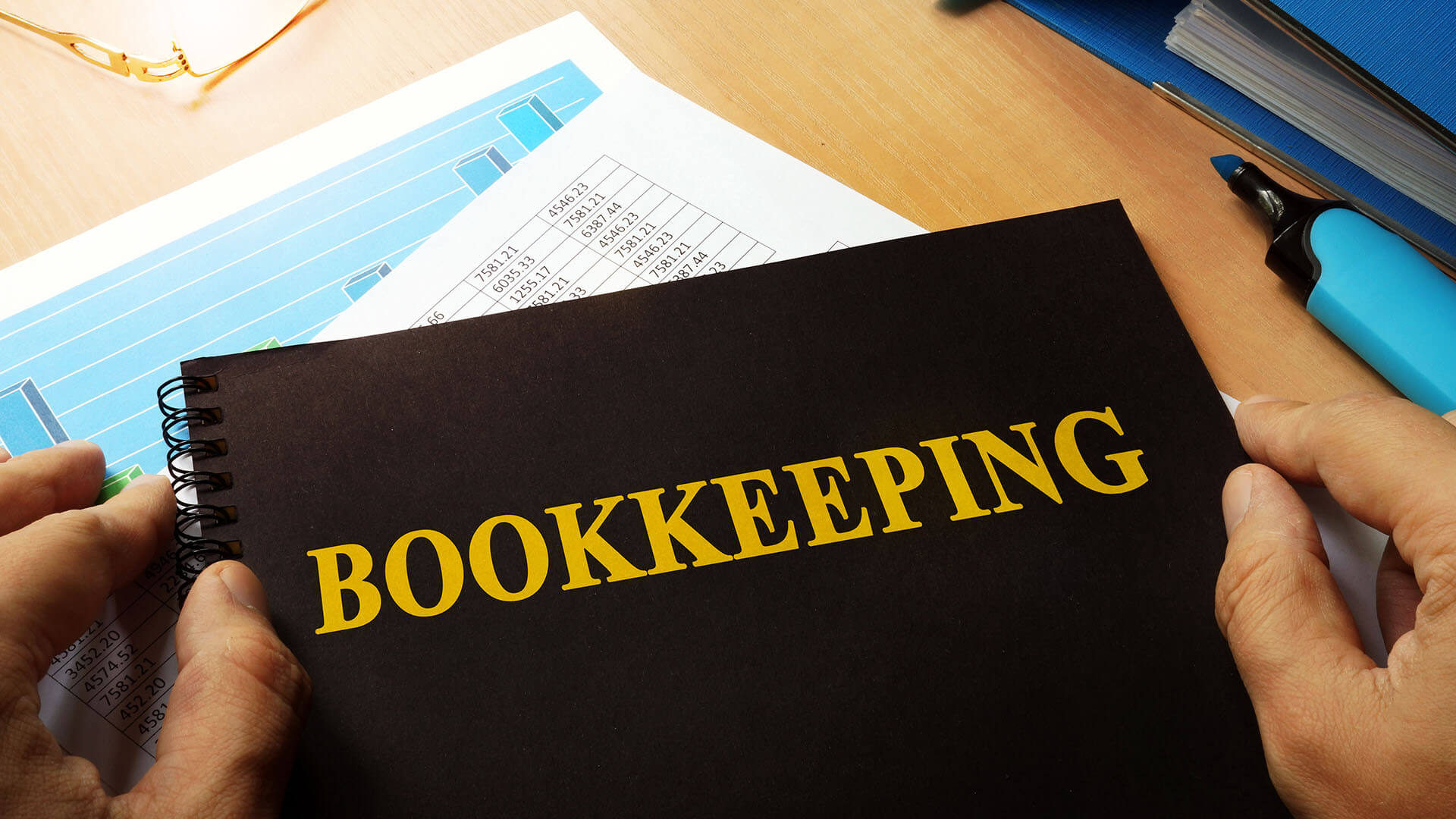
Restaurant accounting is based on factors related to the food and beverage industry, which makes it a bit different from other forms of accounting. Though it’s relative and quite similar to standard accounting practices, some key differences diversify the accounting methods from industry to industry. Restaurant accounting practice uses normal cost accounting strategies, income reports, and profit-loss statements which is maintained by several other industries. Here we have listed some unique features which set restaurant accounting apart.
The restaurant industry also uses cash or accrual methods for accounting, just like any other industry; but though there are slight differences.
This is the most accounting method for restaurants mainly for those who generate less than $1 million per annum. It’s popular as customers can pay for the food and services provided immediately. While this method is easiest, but not considered as most accurate as by following this method of accounting restaurants left with no account receivable balance. Activities are only recorded when a payment is received.
This method is a more accurate outlook on how to initiate income and how to sustain the expense. It records all the transactions despite the method and timing of the payment. Along with that it allows several analyses of activity and can compare income to expense. So, if your restaurant generates more than $1 million per annum you must use this method of accounting.
Tips are considered as a part of employees’ income, not the restaurant’s income. This is not going to report as the restaurant’s revenue. But that does not mean that one doesn’t need to consider tips while working on the accounting process. As standard tax consideration also includes tips, so each of the restaurant staff has to record the amount of the tip, and both of you and they have to pay taxes on them.
Restaurant businesses do have fixed and fluctuating expenses but they are a subtle difference from other kinds of business. Here the rent, insurance, utilities, loan payments, employee’s salary all known as fixed expenses. And whereas fluctuating expenses cover food costs, daily wages for staff; and as they change frequently these are more difficult to handle. With a busy and slow week both your expense and profit vary.
Most of the other industries take stock of their inventory on a monthly, quarterly, or even yearly basis. But in the case of a restaurant, you need weekly monitoring to know that what item is in demand, how you spent your money. Along with the historical data, weekly reports help to forecast future trends or demands. To deal with the same reason, cash flow reports for the restaurant industry should also be more frequent.
The cost of goods sold (COGS) is a crucial part of inventory management. This indicates the total cost of making a product that means low COGS is equal to more profit. This is the cost of all ingredients you have used in a particular menu and doesn’t include the labor costs or utilities. You can easily calculate COGS at the time of weekly accounting;
Beginning Inventory – Ending Inventory = COGS
The prime cost of a restaurant is COGS + labor costs, which is 60-65% profitable. This includes all the ingredients used in a menu, the salary of staff, taxes, and benefits; i.e. the prime cost constitutes the majority of the restaurant expenses.
Low-cost-to-sale (Food/beverage) ratio is important to keep your business healthy. The restaurant industry wants to put the expanses on an average of between 26% – 36% to keep the business profitable. Revenue per seat is also an important ratio for the restaurant industry which is simply dividing the revenue of a given day by the number of seats. If the ratio is lower over a while you can downsize the available seating for that time. Downsizing an area can cause notable savings as you need less staff and fewer utilities.